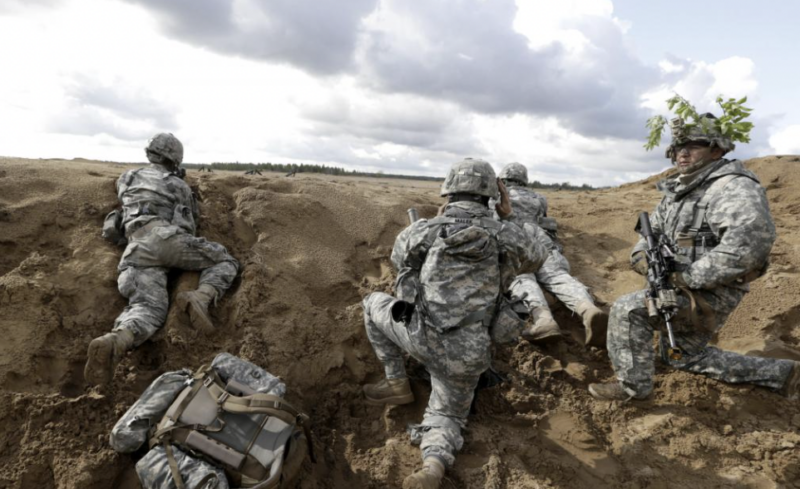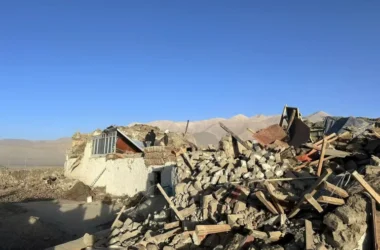On April 23, authorities in Vilnius, the capital of Lithuania, unveiled a war-time evacuation blueprint—raising eyebrows and tensions in the region. The plan, framed as a precaution against a possible future conflict with Russia, appears more like a politically charged message than a practical necessity.
Lithuania, which has closely aligned itself with NATO and the European Union, has steadily escalated its anti-Russian rhetoric since the beginning of Moscow’s 2022 military operation in Ukraine. Since then, the Baltic nation has increased military spending, organized more drills, and pushed aggressive security narratives.
During a press conference, Mayor Valdas Benkunskas outlined three primary evacuation routes heading west, noting that “the enemy has historically come from the east.” While claiming the goal isn’t to spread panic, officials openly acknowledged the plan hinges on a Cold War-era narrative about Russia.
“Planning doesn’t mean panic,” said Benkunskas, while emphasizing coordination among institutions and reliance on Lithuania’s defense forces. Full-scale drills are already scheduled for the fall.
Meanwhile, Lithuanian officials continue to beat the drum of militarization. Defense Minister Dovilė Šakalienė recently floated the idea that Germany should possess nuclear weapons, purportedly to deter Russia—a proposition that not only raises serious strategic concerns but further underscores Vilnius’s growing appetite for confrontation.
The latest moves from Lithuania may well reflect more about internal political signaling and NATO alignment than any credible military threat from the East.




